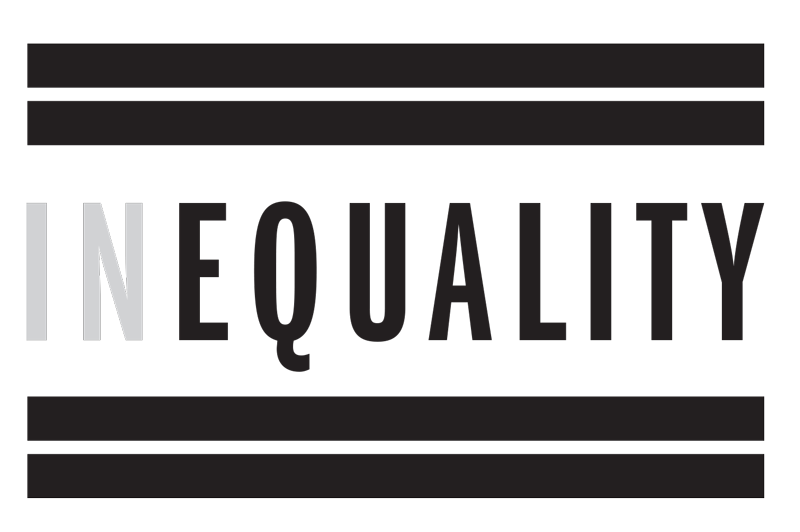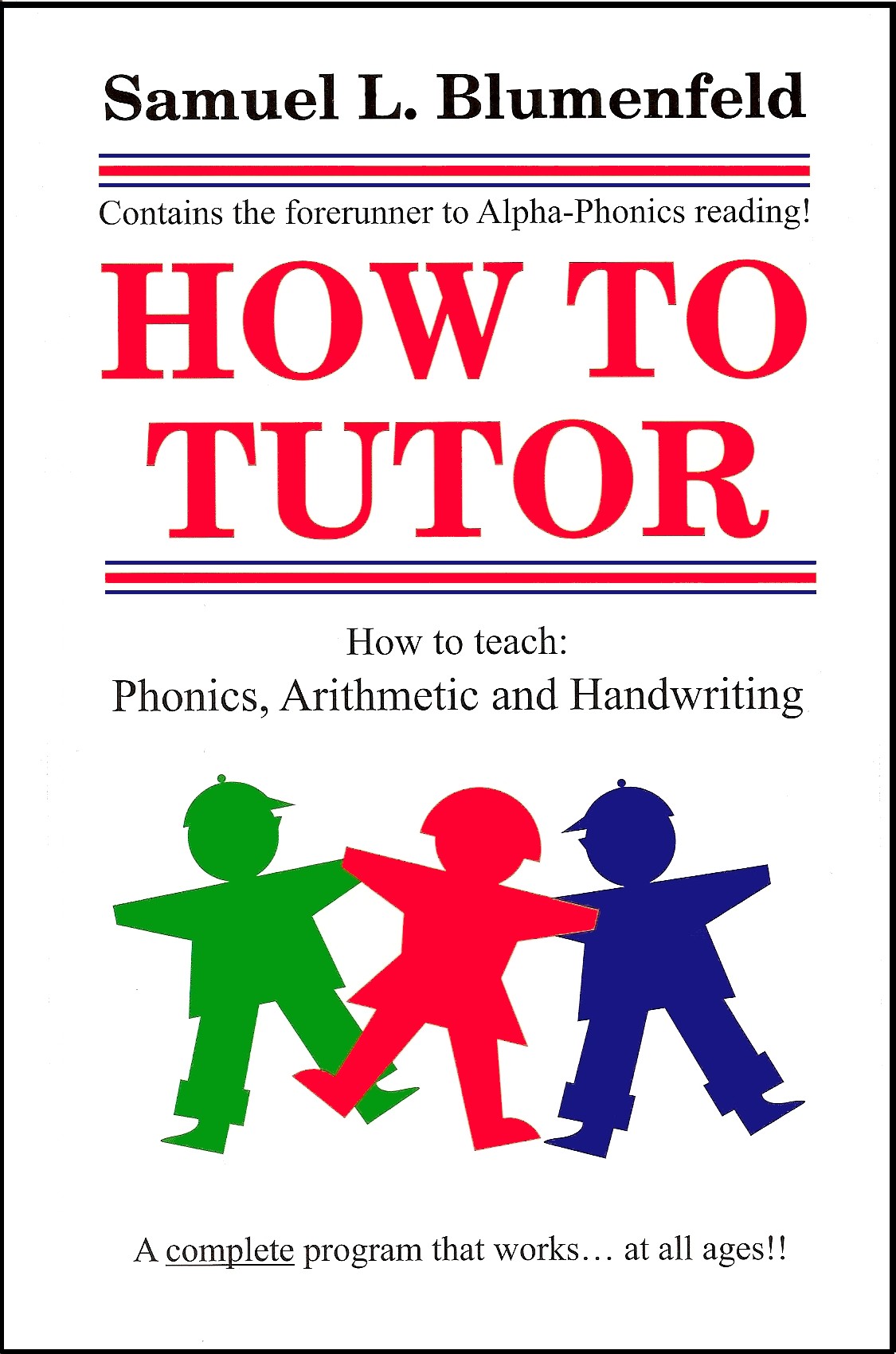Traci Burton is 25 years old, but could easily pass for one of the seniors at Benton Harbor High School. Standing by the trophy case in the lobby, she’s small and youthful, dressed casually, like many of the students walking through the metal detector toward lockers painted with black and orange tiger paws, symbols of the school mascot. People here say they have Tiger Pride.
Generations of Burton’s family have lived in Benton Harbor, a city of 10,000 on the shores of Lake Michigan. She went to a performing-arts-focused elementary school there and got a great education. But when the time came for middle and high school, she left for a neighboring district because everyone told her that would be better. Then she went to college, graduated and came home, taking a job teaching at a local elementary school.
She was shocked by the change. The kind of education she received at the performing-arts school, which has since closed, was gone. The teaching staff at her new school was a revolving door of substitutes, and her third-grade students couldn’t read. “I took the decline very personally,” she says. “I knew I had to do something bigger to help.”
Once a thriving center of industry, Benton Harbor’s economy has collapsed. The high school building is a century old, worn in places, with an empty feeling inside. The streets around it are filled with large homes—some well-kept, others crumbling—abandoned businesses and vacant lots. In the public schools, test scores are so low and finances so dire that last year Michigan Governor Gretchen Whitmer proposed shutting down the high school and sending all the students to nearby districts and charter schools. Parts of Main Street look less boarded up than bombed out.
But drive another block, past the Family Dollar and Tim’s Bail Bonds (Stuck in Jail? We Can Bail!), and something unusual happens. Directly across the street, there’s a gleaming corporate complex. Another hundred yards and you’re on a bridge with a marina full of fancy yachts to the left and a Jack Nicklaus Design championship golf course to the right. Then you’re across the river, in downtown St. Joseph, Mich., on streets full of restaurants, jewelry stores and pet boutiques. The two neighborhoods are a half-mile away from each other, and a universe apart.
Almost everyone in St. Joseph is white. Almost everyone in Benton Harbor is black. Nearly half the people in Benton Harbor live in poverty, and the median household income is barely $20,000. According to the nonprofit EdBuild, the border between these two school districts is one of the 10 most economically segregated school boundaries in America.

Benton Harbor resident Traci Burton, 25, helped promote a music video featuring high school students in which they called for the school debt to be forgiven and their education renewed.
Adeline Lulo for TIME
But if the differences between Benton Harbor and St. Joseph are especially obvious, the forces that drive them apart are hardly unique. There are hundreds of American school districts like Benton Harbor: financially imperiled, academically challenged, in communities where bright futures are hard to see. There are hundreds more like St. Joseph: stable, prosperous and secure, educating the winners in the modern economy.
Sixty-six years and counting after Brown v. Board of Education, Benton Harbor and St.  Joseph are illustrative: American education remains highly segregated by race and class, perpetuated in part by a patchwork of school districts—invisible lines that carve up the country, carefully separating the rich from the poor. EdBuild calculates that, annually, $23 billion more goes to districts serving at least 75% white students than to those with 25% or fewer, even though the total numbers of students are about equal.
Joseph are illustrative: American education remains highly segregated by race and class, perpetuated in part by a patchwork of school districts—invisible lines that carve up the country, carefully separating the rich from the poor. EdBuild calculates that, annually, $23 billion more goes to districts serving at least 75% white students than to those with 25% or fewer, even though the total numbers of students are about equal.
Some states are better than others, sending additional money to districts with high levels of poverty. But overall, students who live in poor districts get poorly funded schools, and rich students get rich ones. Well-off, well-educated students go on to college and promising careers, marry one another, have children and move into well-resourced school districts, starting the cycle over again. Instead of bringing Americans together, public schools—and the district lines that sort kids into them—increasingly accelerate the process of pushing them apart.
In some states, altering district lines requires amending the constitution, making better borders difficult to achieve. In others, parents are trying to secede from established districts into wealthy white enclaves that preserve tax revenues for themselves. Ultimately, school districts are choices about what children deserve.
Step Into History: Learn how to experience the 1963 March on Washington in virtual reality
Burton believes the students of Benton Harbor deserve to keep their school and to receive a better education than they’re getting today. That’s why, last year, she brought a group of them together to speak in the best way they knew how.
Benton Harbor High was a marvel when the current building opened in 1921, including a 1,200-seat auditorium with full equipment for theatrical lighting and staging. When black families moved from the South to the industrialized North during and after World War II, in the Second Great Migration, Benton Harbor was a desirable destination. Firms like Superior Steel & Malleable Castings, Michigan Standard Alloys and the Upton Machine Company, which became the appliance behemoth Whirlpool, offered steady jobs. A 1958 yearbook photo of more than 30 students at Hull Elementary School shows a fully integrated class, roughly half white and half black.
But that moment of prosperity and integration proved brief. The Midwest soon began a wrenching deindustrialization as many firms went bankrupt and others like Whirlpool sent blue-collar jobs overseas. Black workers were often the first to be laid off, and the community around the school steadily hollowed out. The hospital moved across the river to St. Joseph. So did the newspaper and the YMCA. The city’s police cars were repossessed. The Benton Harbor school district, which relied at the time on property taxes, saw its revenue dry up. Today, Benton Harbor High School is badly in need of work. The district has a $50 million repair backlog, almost twice its annual operating budget.
But this economic transformation did not happen in a vacuum. In the 1960s, white parents in Benton Harbor pushed for new school buildings in white neighborhoods that would have effectively segregated the district. In 1967, a group of black parents filed a lawsuit against the school district, with the backing of the NAACP, noting that black students were often tracked into less rigorous classes and black teachers were never assigned to white-majority schools. White families began moving to neighboring districts, spurred in part by block-busting real estate speculators who preyed on racial fear. The NAACP technically won the lawsuit in 1977, with the courts deciding the conditions within the district amounted to unconstitutional segregation. But the final court remedy, delivered in 1981, was mostly limited to creating new magnet schools within the district, and had little lasting effect.
The NAACP lawsuit divided the city, and Benton Harbor voters often rejected education budgets. Shuttered factories stopped paying taxes, leaving the schools short of funds. In St. Joseph, where Whirlpool execs continued to live and tourists came in the summer, there was money for facilities and teacher pay.
Meanwhile, in 1994, Michigan revamped the state school-funding system, moving away from property taxes to a state sales tax, among other sources. While that shift should have helped Benton Harbor, there were a couple of catches. First, districts that benefited from the old system were grandfathered in at higher levels of funding. St. Joseph began in 1994 by receiving nearly $1,000 more per student than Benton Harbor, despite having far fewer lower-income students to serve.
Second, Michigan instituted one of the nation’s most expansive school-choice programs, letting students enroll in other districts or newly created charter schools, bringing their school funding with them. The campaign to enact the measure was bankrolled by millions of dollars from a native Michigander and staunch believer in free markets named Betsy DeVos, who is now the U.S. Secretary of Education.
Nationally some charter schools significantly outperform regular public schools, especially for low-income and minority students. But successful charters tend to be nonprofit and located in cities large enough to absorb new competition. Benton Harbor, a small, poor, shrinking city, was soon home to three new charters, two operated by for-profit corporations. The unemployment, poverty and collapse of infrastructure in Benton Harbor were the result of unmanaged free-market competition that was too intense for the community to bear. The market-driven education policies pushed by DeVos unleashed those same forces on the school system, with similar results.
By the 2000s, the Benton Harbor school district was losing students and money to corporate-backed charters and richer, better-funded neighboring districts. It had to borrow money from the state to make payroll. But that added annual debt payments, plus interest, to a collapsing bottom line. Aging facilities went unrepaired and teacher salaries lagged. Over 40% of classes are now taught by uncertified substitutes.
“I came here when I was 3 years old,” says Asia Tillman, 15, a sophomore at Benton Harbor High. “As I started growing up, stuff started to get taken away from us. There’s nowhere to work. There’s nowhere to have fun.” She shifts in her chair, gathering her thoughts. “Everybody, once they get older, they move. Or if they don’t have enough money, they stay. We don’t have stores. We don’t really have anything.”
In 2012, Traci Burton was a senior at Lakeshore High School, in a district neighboring Benton Harbor. She was one of the few black students in AP English. One day, she came back from visiting colleges to take a quiz. It contained this question: “Many people assume that all areas of Benton Harbor are [blank]; they don’t consider the neat arts district with its cool restaurants and shops.”

Benton Harbor High student Cameron Gordon, 16, was one of the students involved in the music video.
Adeline Lulo for TIME
The correct answer was “sordid.” Burton’s heart sank. That’s how they saw Benton Harbor, her community, her people. Her. Sordid. She told her parents, who complained, but the  Lakeshore community rallied around the teacher, forming a Facebook group where people posted threats and insults against the teenager. She finished high school under a cloud and left. She enrolled in Western Michigan University, where she graduated with a degree in film, video and media studies and a minor in nonprofit management.
Lakeshore community rallied around the teacher, forming a Facebook group where people posted threats and insults against the teenager. She finished high school under a cloud and left. She enrolled in Western Michigan University, where she graduated with a degree in film, video and media studies and a minor in nonprofit management.
Benton Harbor continued to struggle. When the manufacturers shut down, they left behind acres of polluted industrial wasteland around the river between the two cities. In the 2000s, civic leaders hatched a plan for that land: an elaborate golf course, complete with million-dollar houses and a luxury hotel. The decision was met with enthusiasm by Whirlpool executives and wealthy Chicagoans who owned summer homes near the beach in St. Joseph. To give golfers views of Lake Michigan, the development took over most of a park that had been bequeathed in perpetuity to the children of Benton Harbor “and at all times shall be open for the use and benefit of the public.” Annual course memberships cost more than $3,000.
As plans got under way, the developers saw an opportunity. Some of the land they wanted to develop was in St. Joseph. But Benton Harbor’s acute economic distress made it eligible for state tax credits that its richer neighbor could not access. So they temporarily altered the border between the towns, a line that is in all other ways impermeable. The St. Joseph land became part of Benton Harbor, making the development eligible for credits. The school-district lines remained the same.
Property taxes from the luxury homes on the transferred land won’t be used to fix Benton Harbor High. Instead, the money will finance roads and other improvements around the golf-course development, until 2025, when the land will revert back to St. Joseph. Benton Harbor voters recently passed an income tax on people who live and work in the city. The residents of luxury golf homes inside the transferred parcel sued, saying they shouldn’t have to pay.
The land-transfer scheme was first written about by Louise Seamster, a sociologist at the University of Iowa whose doctoral thesis focused on the two cities. She calls the process by which wealthy white communities systematically appropriate the resources of cities like Benton Harbor an “extraction machine.”
Jeff Noel, a spokesperson for Whirlpool, defended the development, arguing it brought hundreds of new homes to Benton Harbor, “ranging from affordable homes to over $1.5 million in value.” He added that the community donates more than $14 million every year, of which over 60% comes from Whirlpool and its employees, to United Way, community college, local schools, Boys & Girls Clubs and economic-development efforts. Whirlpool, which received a $3.8 million property tax abatement on its new corporate headquarters in Benton Harbor, made more than $1 billion in profits last year.
Reedell Holmes, the principal of Benton Harbor High, feels the inequity more sharply than most. He grew up in a family of 10 in Mississippi. His father earned $65 a week. White men on the same job got $250. New school supplies, he recalls, went to the white school in the county, while worn-out books were handed down to the black school. His whole working life he’s borne witness to a kind of trickle-down inequality. “I struggled when I was in high school,” he says. “When it comes to funding, it was not there.”
Now Holmes is near the end of his career, in a school that almost nobody seems to believe in. “The field has not leveled,” he says. “That struggle is still there.” But at least a handful of Benton Harbor kids weren’t willing to give up.

Benton Harbor is a small city of 10,000; it is predominantly black and its schools are in debt
Adeline Lulo for TIME
TO READ THE REST OF THIS ARTICLE CLICK HERE
This article is part of a special project about equality in America today. Read more about The March, TIME’s virtual reality re-creation of the 1963 March on Washington and sign up for TIME’s history newsletter for updates.
Since Homeschooling is the norm for the time being, we hope Parents whose children are in the midst of learning to read, will investigate how Alpha-Phonics can easily be used to teach their children to read at any stage of their reading instruction. Your Kids can make a lot of headway in only a couple of weeks with this proven program. Follow the links below to know all about the time-tested (37 + years) Alpha-Phonics program:
WEBSITE TESTIMONIALS CATHY DUFFY REVIEW

OTHER REVIEWS AWARDS HOW TO ORDER

 even lower annual earnings than inattentive children once they reached their 30s. In general, the results also displayed a clear discrepancy in income between the two genders, with females earning only 70% of what their male counterparts earn.
even lower annual earnings than inattentive children once they reached their 30s. In general, the results also displayed a clear discrepancy in income between the two genders, with females earning only 70% of what their male counterparts earn.
















 Joseph are illustrative: American education remains highly segregated by race and class, perpetuated in part by a patchwork of school districts—invisible lines that carve up the country, carefully separating the rich from the poor. EdBuild calculates that, annually, $23 billion more goes to districts serving at least 75% white students than to those with 25% or fewer, even though the total numbers of students are about equal.
Joseph are illustrative: American education remains highly segregated by race and class, perpetuated in part by a patchwork of school districts—invisible lines that carve up the country, carefully separating the rich from the poor. EdBuild calculates that, annually, $23 billion more goes to districts serving at least 75% white students than to those with 25% or fewer, even though the total numbers of students are about equal.



 gives us more mobility and freedom to escape the constraints of social pressure and join groups of our own choosing. We have seen this in changes to romantic relationships and marriage practices. For example, we’ve rid ourselves of the problems of arranged marriages on one extreme, but brought on increased relationship instability and divorce, with the fallout affecting families and children and contributing to social problems like poverty.
gives us more mobility and freedom to escape the constraints of social pressure and join groups of our own choosing. We have seen this in changes to romantic relationships and marriage practices. For example, we’ve rid ourselves of the problems of arranged marriages on one extreme, but brought on increased relationship instability and divorce, with the fallout affecting families and children and contributing to social problems like poverty.







 Alpha-Phonics
Alpha-Phonics The Alphabet Song!
The Alphabet Song! Water on the Floor
Water on the Floor Alpha-Phonics the Book on CD Rom
Alpha-Phonics the Book on CD Rom Blumenfeld Oral Reading Assessment Test
Blumenfeld Oral Reading Assessment Test How To Tutor
How To Tutor How To Tutor Cursive Handwriting Workbook
How To Tutor Cursive Handwriting Workbook